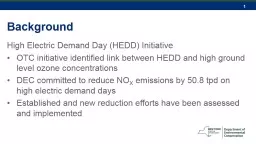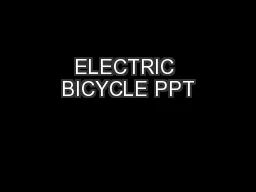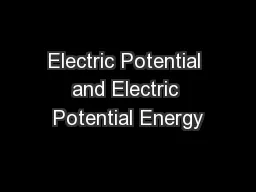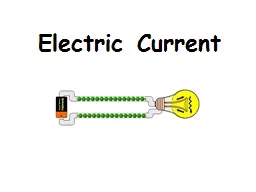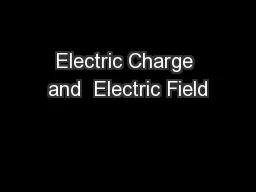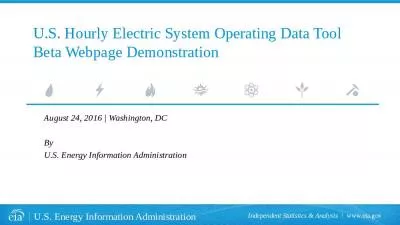PPT-Background High Electric Demand Day (HEDD) Initiative
Author : natalia-silvester | Published Date : 2018-03-14
OTC initiative identified link between HEDD and high ground level ozone concentrations DEC committed to reduce NO X emissions by 508 tpd on high electric demand
Presentation Embed Code
Download Presentation
Download Presentation The PPT/PDF document "Background High Electric Demand Day (HED..." is the property of its rightful owner. Permission is granted to download and print the materials on this website for personal, non-commercial use only, and to display it on your personal computer provided you do not modify the materials and that you retain all copyright notices contained in the materials. By downloading content from our website, you accept the terms of this agreement.
Background High Electric Demand Day (HEDD) Initiative: Transcript
Download Rules Of Document
"Background High Electric Demand Day (HEDD) Initiative"The content belongs to its owner. You may download and print it for personal use, without modification, and keep all copyright notices. By downloading, you agree to these terms.
Related Documents

